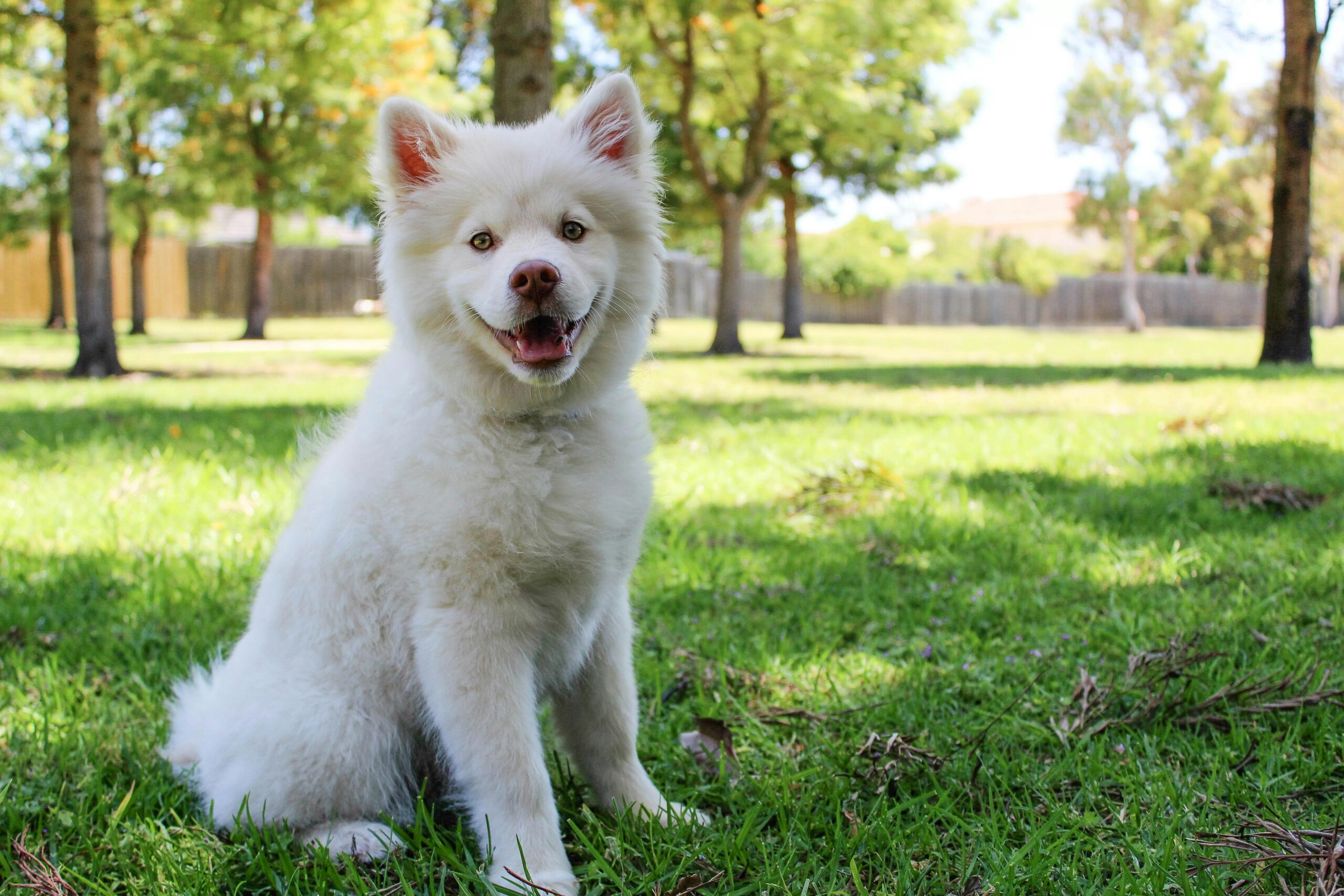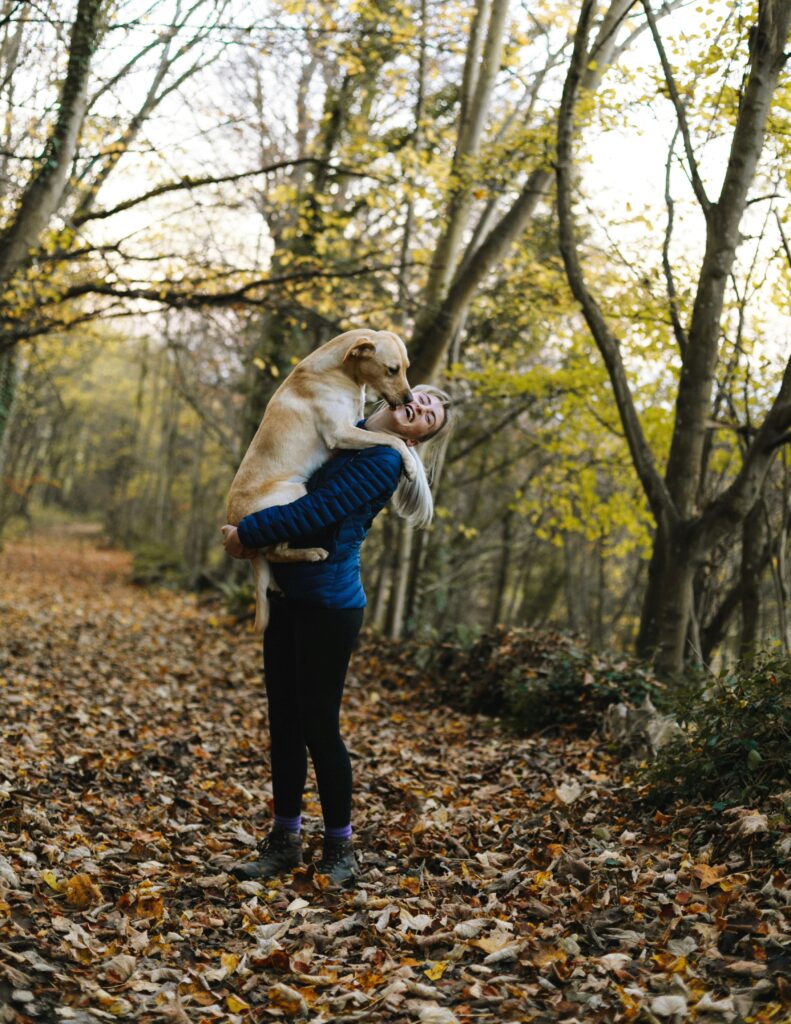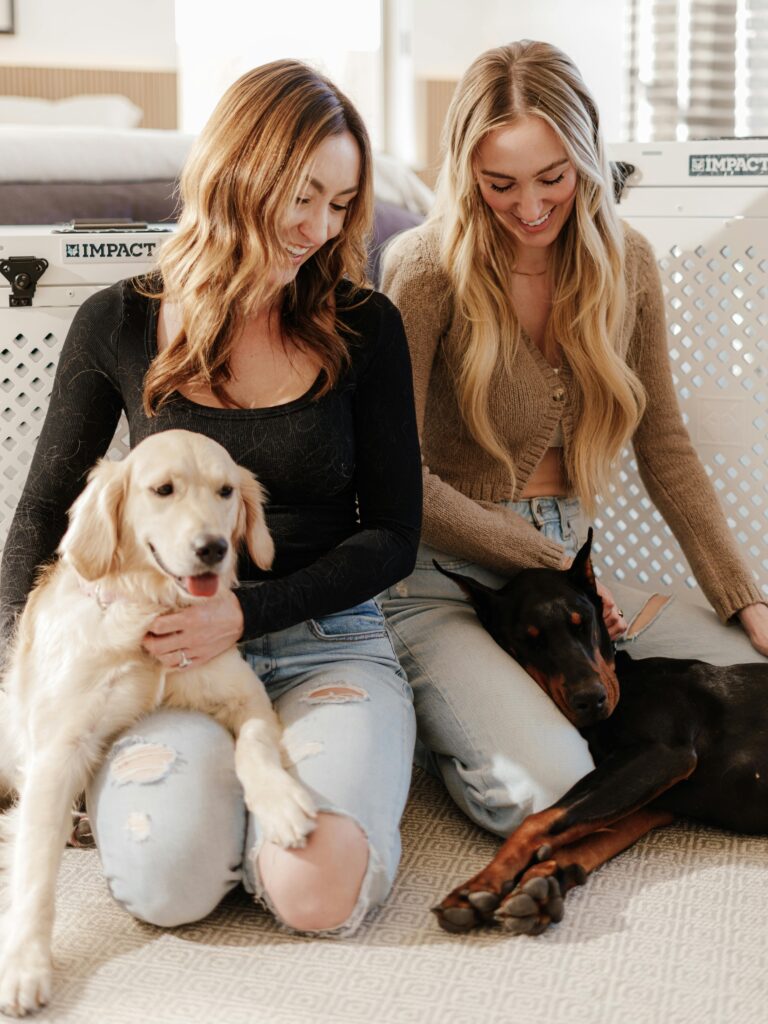For many Toledo dog owners, the local dog park feels like the go-to spot for exercise and socialization. The idea is simple: let the dogs run, burn off energy, and make friends. While dog parks can provide physical activity, they are not always the best place to reinforce obedience or build reliable behavior.
On the other hand, structured play offers a balance of fun and training that can create lasting results. As a professional trainer, I’ve seen both the good and the bad at dog parks, and I can confidently say that structured play often has more benefits for your dog’s development.
Let’s break down the differences and decide which is best for your pup.
The Pros and Cons of Dog Parks
Dog parks can be beneficial in certain situations, but they also come with risks that owners should consider carefully.
Pros:
- Provides off-leash exercise in large spaces
- Offers interaction with a variety of dogs
- Gives dogs an outlet for energy in a social environment
Cons:
- Risk of fights or negative interactions
- Lack of control over other dogs’ behavior
- Potential exposure to illness or parasites
- Overstimulation that can undo training progress
Many well-meaning owners mistake time at the dog park as structured training, but it rarely reinforces obedience. If your goal is better listening skills, focus, and calm behavior, the dog park may not deliver.
What Is Structured Play?
Structured play is intentional, guided activity between you and your dog. It combines exercise, mental stimulation, and obedience practice in a safe environment.
Examples include:
- Tug-of-war with rules like “drop it” and “out”
- Fetch that requires a “sit” before each throw
- Hide-and-seek games that strengthen recall
- Obstacle courses in your yard or at training facilities
With structured play, you control the pace, the rules, and the outcomes. This makes it an excellent way to reinforce commands while also having fun.
For more on blending fun with training, check out our post on game-based learning vs. gamification. It shows how play can teach obedience while keeping dogs motivated.
Why Structured Play Reinforces Training Better
Training is about consistency and clear communication. At dog parks, chaos often overrides control, making it difficult for your dog to practice focus. Structured play, on the other hand, creates the perfect mix of fun and discipline.
Benefits of structured play include:
- Strengthens your role as the leader
- Provides opportunities for impulse control
- Reinforces recall in a safe setting
- Channels energy into positive behaviors
- Builds a stronger bond between you and your dog
When Dog Parks Might Work
Dog parks are not inherently bad. For well-trained, confident, and social dogs, they can provide a safe outlet for exercise if monitored closely. The key is to use the park as recreation, not as your primary training tool.
If you choose to visit a dog park:
- Go during less busy hours to avoid overstimulation
- Watch for body language that signals stress or aggression
- Step in early if play becomes too rough
- Never use the time as an excuse to ignore obedience practice
The AKC’s dog park etiquette tips are an excellent resource if you plan to use dog parks responsibly.
The Safer Alternative: Guided Socialization
Instead of unpredictable dog park visits, consider structured socialization opportunities. Group classes, playdates with trusted dogs, and controlled outings are all safer and more effective ways to help your dog learn to interact politely.
At our Basic & Advanced Obedience programs, we build controlled socialization into training sessions. Dogs learn to remain focused and calm even with distractions, which prepares them for the real world far more effectively than a dog park.
Final Thoughts
Dog parks may seem like the easy solution, but structured play provides a much better foundation for obedience and long-term success. By combining exercise with rules, guidance, and training, you set your dog up for a lifetime of positive behaviors.
If you want to transition your dog from chaotic play to structured success, we can help. Contact us today to start building a healthier, safer, and more obedient lifestyle for your pup.




